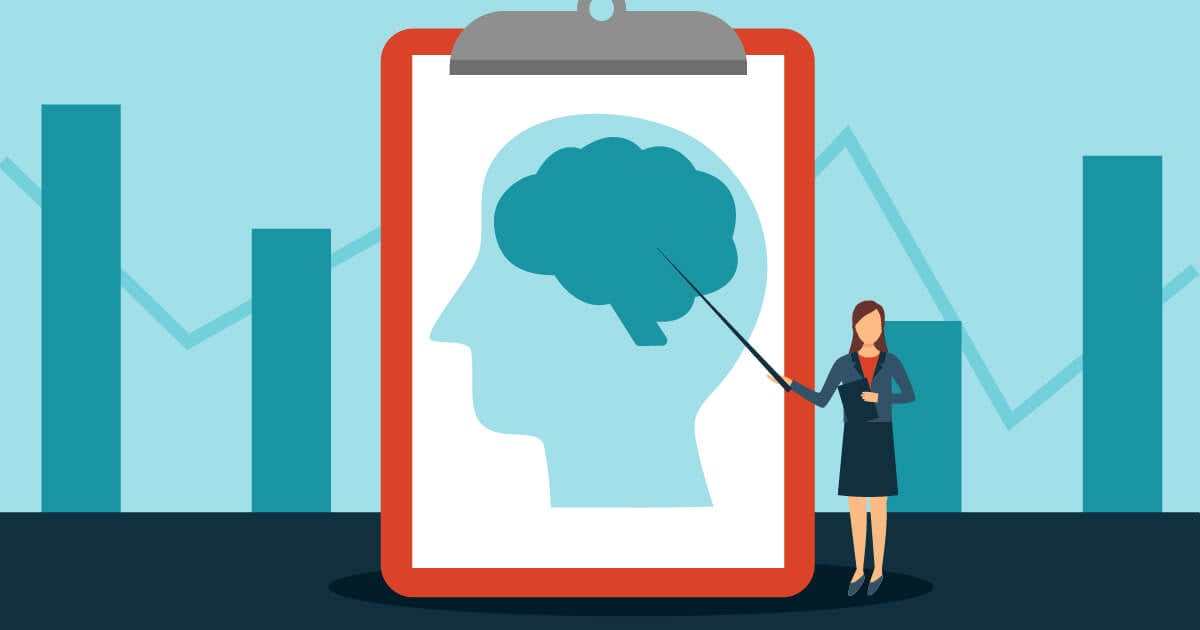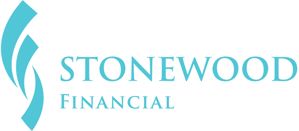In a tight recruiting economy, the pressure is on employers and their HR teams to hire the right people and engage them in their organizational culture.
Using personality tests in the workplace can often address both of these needs.
As a hiring tool, assessments may help you select better candidates and positively affect your bottom line by reducing turnover.
And as an employee development tool, personality tests may help inspire greater job satisfaction, collaboration and productivity.
To help you find personality tests that may fit your organization’s needs, we’ll introduce you to a list of several reliable assessments along with precautions for using them in the workplace.
Types of workplace personality tests
There’s a very important distinction to note if you’re new to using personality assessments with job candidates and employees: Only certain tests are validated and approved for pre-employment purposes.
So, before you get too attached to the idea of using a particular test, be sure you’re looking at one that’s designed for your intended use, either for:
- Pre-employment: To test candidates during the hiring process
- Post-employment: To assess employees after hire for training and development purposes
Vendors will usually provide a statement of caution when it isn’t appropriate to use their personality tests as a hiring tool, and we would encourage you to follow this guidance.
That said, below are some good choices among both types of tests.
CliftonStrengths assessment
The CliftonStrengths test from the Gallup organization is an online assessment of personal talent that identifies areas of strength-building potential in each person who takes it. The idea behind the assessment is to illuminate what people naturally do best and to empower them to refine those talents into strengths.
By uncovering someone’s top five talent themes among a set of 34 (e.g., Maximizer, Achiever, Includer, Strategic and Harmony), CliftonStrengths can be used to help employees develop greater confidence within their roles. For teams, discovering and naming what everyone does best can improve group dynamics, conversations and collaboration.
CliftonStrengths is not designed or validated for use in the hiring process. Rather, this test is best for:
- Post-employment
- Fostering employee engagement
- Increasing retention
- Enhancing team productivity and performance
DiSC personality test
The DiSC assessment analyzes individuals’ personalities – especially their priorities and preferences – and describes them using four major traits (with associated traits):
- Dominance (direct, firm, strong-willed, forceful, results-oriented)
- Influence (outgoing, enthusiastic, optimistic, high-spirited, lively)
- Steadiness (even-tempered, accommodating, patient, humble, tactful)
- Conscientiousness (analytical, reserved, precise, private, systematic)
When used in the workplace, the DiSC model can help teams understand how to connect with each other better, manage personality differences and build more effective work relationships.
This test is best for:
- Post-employment (not for the hiring process)
- Onboarding
- New work groups
- Conflict management
Five-Factor Model personality tests
In human personality research, there are five factors or traits (sometimes called the “Big Five”) that are studied frequently. They are:
- Conscientious: Degree to which an individual is persistent, organized and motivated
- Likeable: Degree to which an individual is pleasant and agreeable
- Unconventional: Degree to which an individual is open to new ideas and experiences and has original thoughts
- Extroverted: Degree to which an individual’s emotional energy is focused, from outgoing and dominant to introverted and shy
- Stable: Degree to which an individual is self-confident and poised
At Insperity, we offer a personality and cognitive assessment for job candidates based on the Five-Factor Model. This test measures core behavioral traits and cognitive reasoning speed, then describes the effect they may have in context with various job categories.
Five-Factor based personality tests are best for:
- Pre-employment screening
- Generating meaningful interview questions
The Predictive Index (PI) assessments
PI assessments (including their behavioral, cognitive and job-based tests) can help employers pinpoint the right candidates and streamline recruiting processes by:
- Evaluating candidates’ behavioral wiring
- Analyzing cognitive ability
- Predicting how they will perform on the job
PI assessments are well researched, and they claim their tests do not discriminate between protected classes, are culturally neutral and are available in many languages.
PI tests are best for:
- Pre-employment screening
- Hiring for sales roles
Strength Deployment Inventory
The Strength Deployment Inventory 2.0 (SDI 2.0) by Core Strengths assesses people’s motives as well as their strengths. The results offer a picture of an individual’s personality and productiveness at work, broken down into four views:
- Motivational value system
- Conflict sequence
- Strengths portrait
- Overdone strengths portrait
For teams, the SDI 2.0’s results also include a snapshot of the work group’s collective balance of motives, conflict and strengths.
This assessment is best for:
- Post-employment
- Improving working relationships
Drawbacks to using personality tests in the workplace
Despite the benefits personality tests can deliver to employers who introduce them, there can also be drawbacks and things that go wrong.
Introducing bias
One of these disadvantages is potentially creating bias. This could happen if a test you’re using during the hiring process has an unintentional disparate impact on a protected group (e.g., significantly screening out people of a certain race or gender).
To ensure a test aligns well with your commitment to diversity, equity and inclusion, look for vendors who can provide statistical validation showing their test is unbiased before using it as a hiring tool. This data would also help create a legal defense if you were to receive a discrimination claim.
Creating inconvenience
If you bring personality tests into the workplace, keep in mind you’re also bringing them into your candidate or employee experience.
Some tests are more enjoyable to take than others depending on their length, layout and delivery method. There can also be big differences in the readability and usefulness of the results managers receive and the reports they need to interpret.
Although it’s not the most important factor in choosing which tests to use, you should weigh these experiential factors and understand how ease-of-use may impact your employees.
Putting it all together
Whether you’re using personality tests in the workplace to make better hires or to make better teams, remember assessments are one tool among the many others that should be in your HR toolbox.
To get more ideas about how to make professional development a bigger part of your company culture, download your free copy of The Insperity guide to learning and development.
Insperity is an Educational Partner to NAIFA as well as a supporter of NAIFA's Business Performance Center. For members, you can learn more about Insperity and how to partner within the Member Portal.











